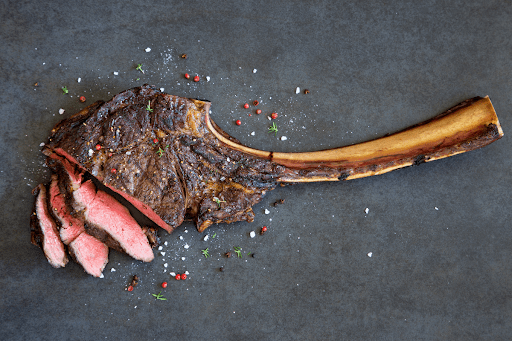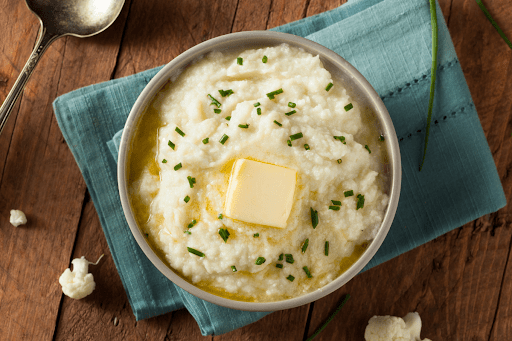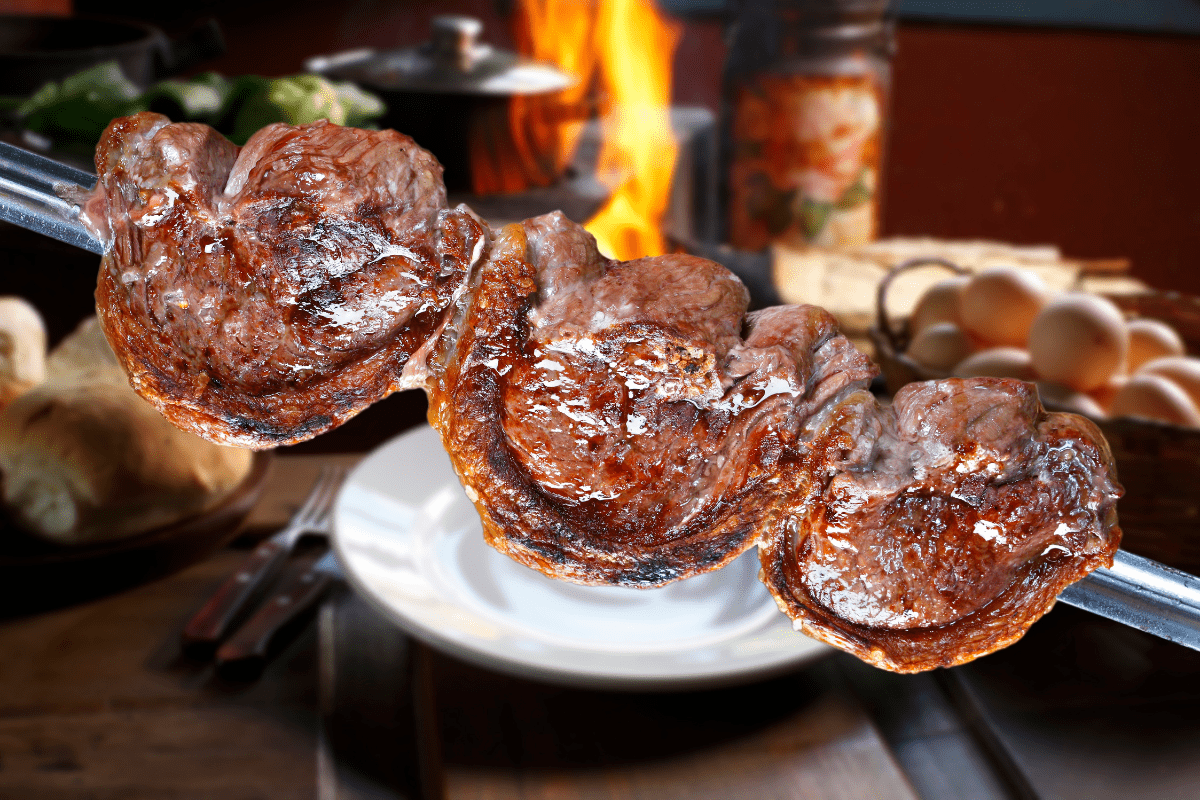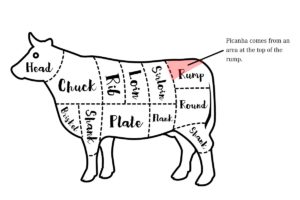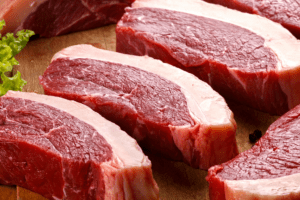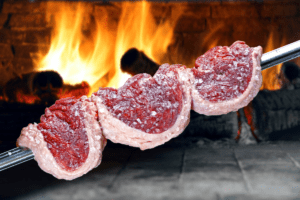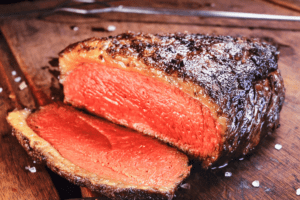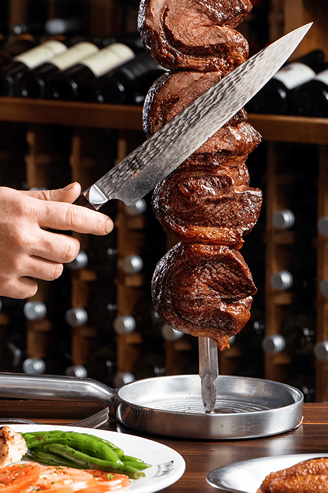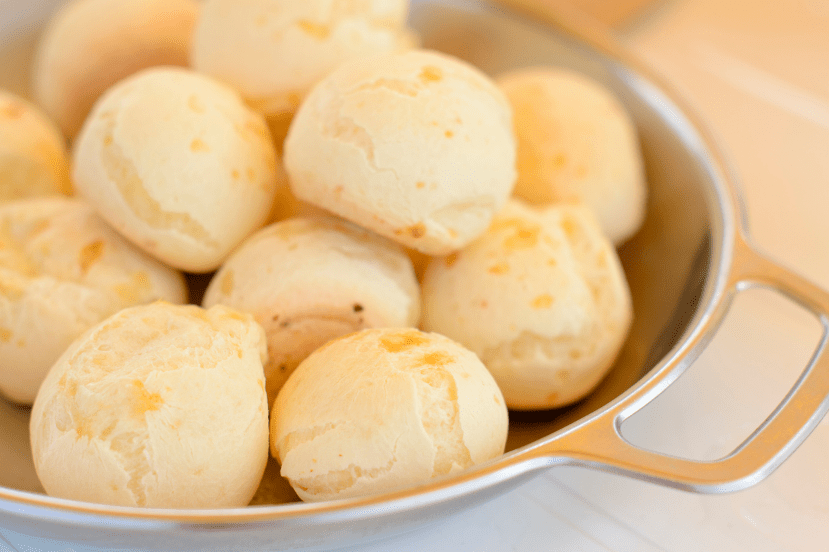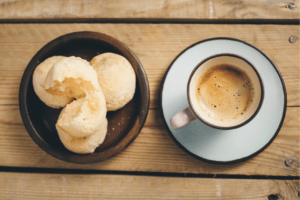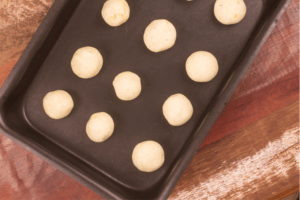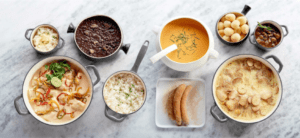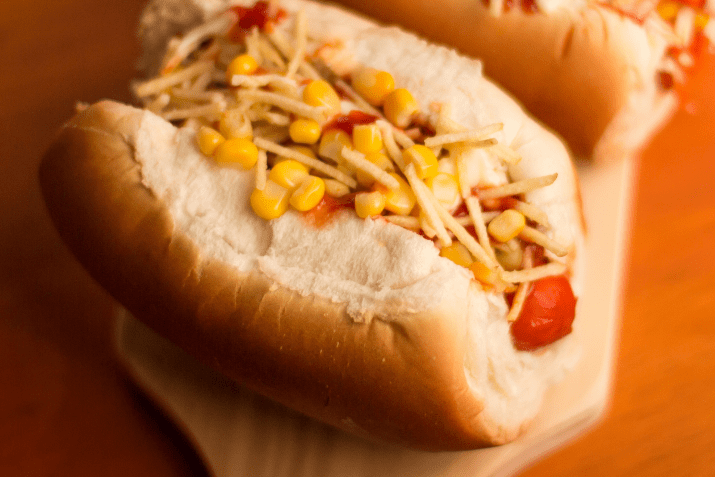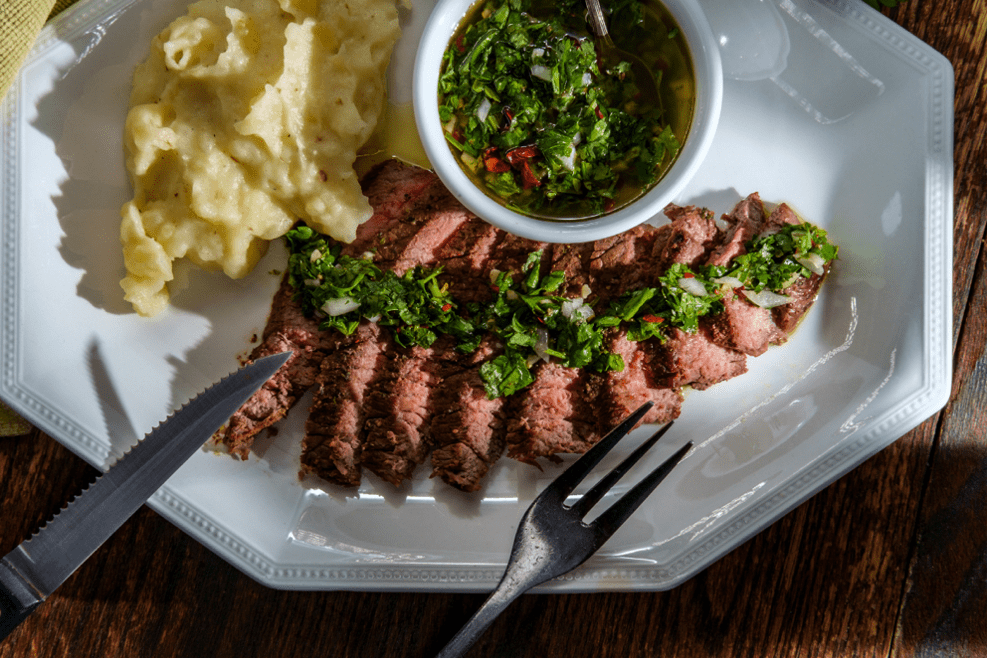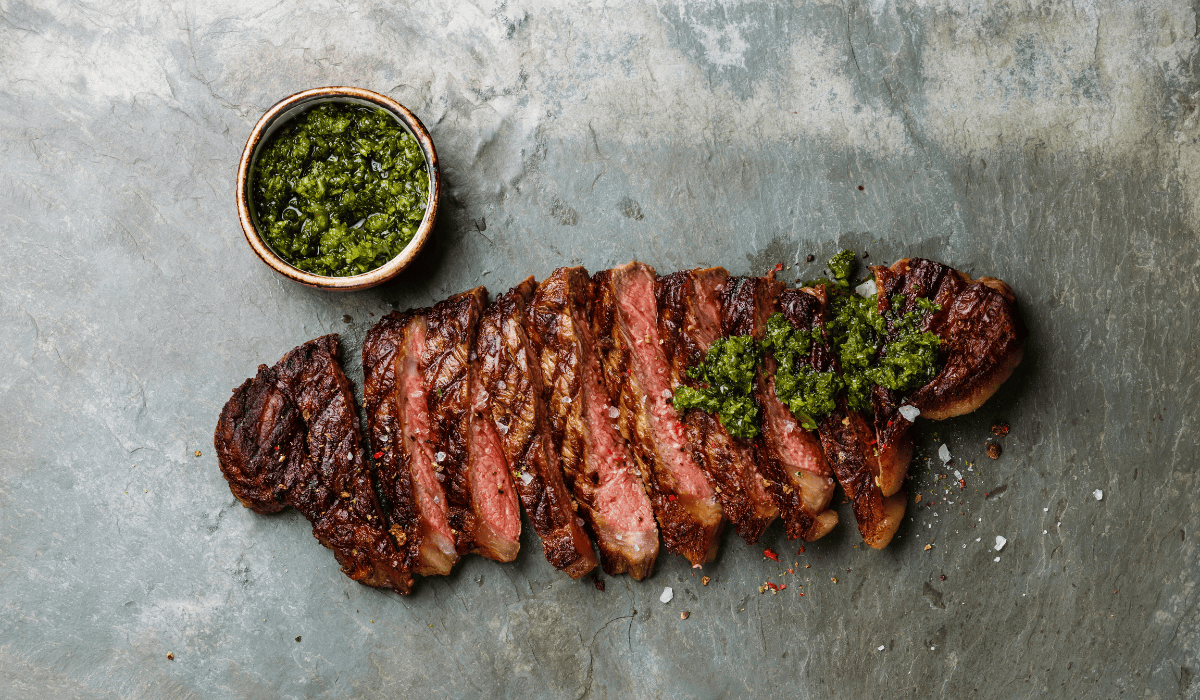The tomahawk ribeye is an impressive cut of meat. It is instantly recognizable by the extended, handle-like bone, which gives the cut its name. Cooking tomahawk steaks on a charcoal grill at home is relatively easy and makes for a delicious and eye-catching meal.
What Are Tomahawk Steaks?
The tomahawk is technically the same cut of beef as a ribeye. Both come from the rib area of the cow, but a tomahawk is specially trimmed to leave about 5 inches of rib bone intact. This method of trimming, called “Frenching,” is the same technique used to create a rack of lamb.
Tomahawks are typically taken from the loin of the cow, which is composed of two muscles that run along the spine. It is the same cut used for t-bone steaks and porterhouse steaks.
Where Does the Name Come From?
In the United States, the tomahawk steak can be traced back to the Texas Cattle Drives of the 1860s. Cowboys prepared steaks in this manner and found they resembled a Native American hatchet, or “tomahawk.”
Since the tomahawk is a distinctly American item, the steak is not called this in other parts of the world. In Australia and New Zealand, for example, the bone-in steak is simply called a “ribeye.” When the bone is removed, it is known as a Scotch fillet or Whiskey fillet. In Great Britain and France, it is most often referred to as a “côte de boeuf.”
Is Tomahawk Steak Expensive?
Yes, tomahawk ribeyes are one of the more expensive cuts of steak. A high quality, 40 oz tomahawk steak can cost about $100-considerably more than a boneless ribeye.
Many chefs will tell you that the addition of the rib bone adds richness and complexity to the end flavor; and others will say the only difference it makes is in the final appearance.
So, are tomahawk steaks really worth it?
The flavor and texture of the meat is certainly worthy of a higher price tag, but the true value of the tomahawk seems to lie in its “wow-factor” appearance. The tomahawk has become such a status symbol, in fact, that some individuals are shelling out as much as $2000 for a gold-leafed version offered by Chef Salt Bae in Britain.
While the gold-leafed tomahawk might be taking things a little too far, we feel the long bone ribeye on its own is worthy of a special dinner. In the end, the extra cost of the tomahawk depends on your end goal: if you want taste AND pizzazz, a tomahawk checks all the boxes.
How Do You Cook a Tomahawk Steak?
Tomahawk steaks are thick and generally weigh between 35 and 45 ounces. Because of their size, you may be tempted to cook your steak in the oven. While this is certainly an option, tomahawks are truly at their best when grilled on a charcoal grill.
Grilling tomahawks is actually quite easy. Salt and monitoring are all that is required.
If you do not have a charcoal grill, you can obtain a similar result by searing your steak in a cast iron pan on high heat.
Tomahawk Grilling Steps
Allow your steaks to come to room temperature. Preheat your grill to high heat. Make sure it is clean and lightly oiled.
Meanwhile, season your tomahawk on all sides with a good amount of salt. Place the steak over direct heat and sear for a few minutes on each side. Move to indirect heat and cover. Flip the steak every few minutes and continue cooking until you reach an internal temperature of 135 degrees fahrenheit (medium rare).
Wrap your steak in aluminum foil and let it rest for fifteen minutes. Cut against the grain to serve.
What Should I Eat With My Tomahawk Steaks?
You will be surprised how buttery and flavorful this cut of meat is, seasoned only with a little salt. Complement its richness with a smoky Cabernet, roasted brussels sprouts, and garlic mashed potatoes.
Where Can I Buy Tomahawk Steak?
Long bone ribeyes can be found in the butcher section of many grocery chains, or in specialty shops. For the highest quality tomahawk steaks, you can visit Texas de Brazil’s online butcher shop. We offer USDA Choice tomahawks and picanha, Australian rack of lamb, and other specialty cuts of meat. Order a curated box or a la carte today.


